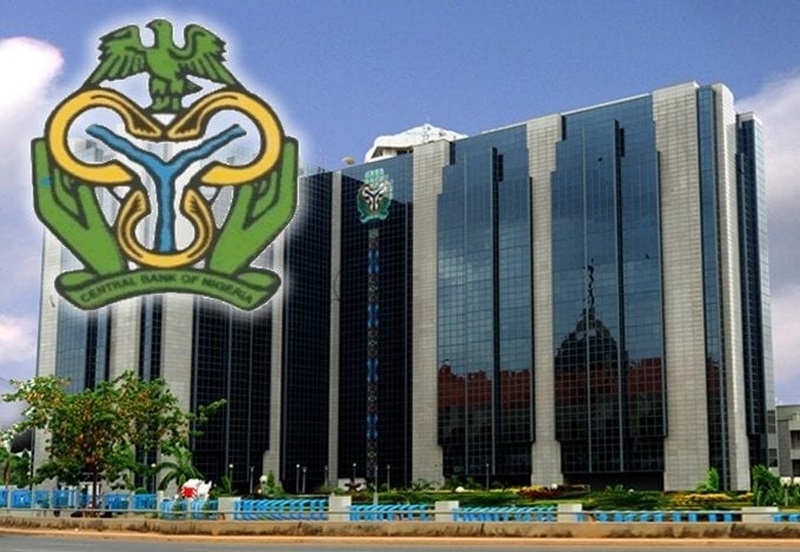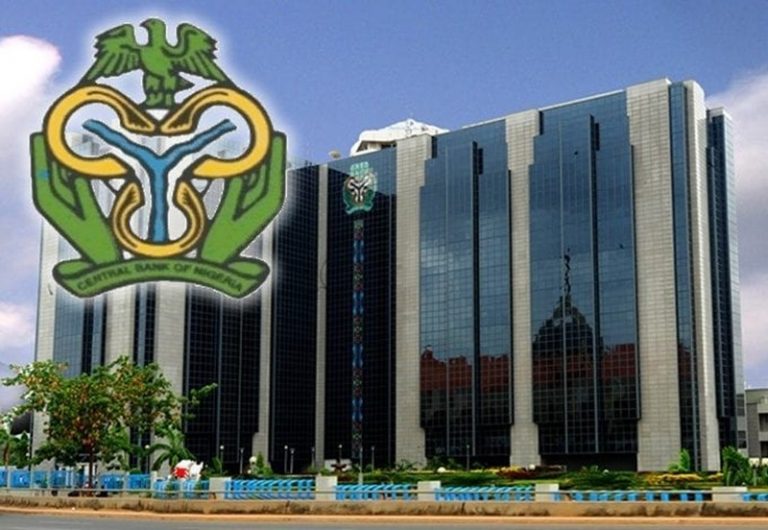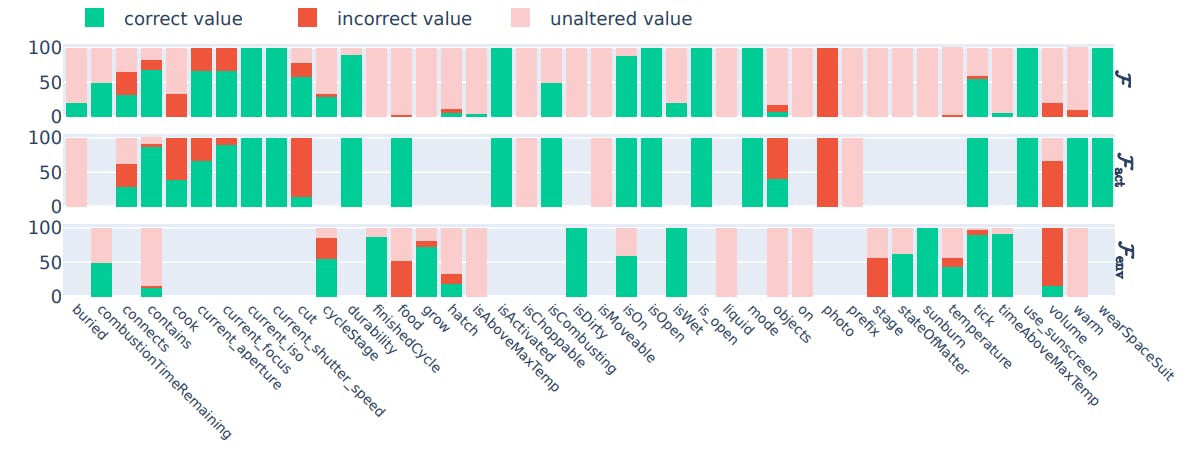CBN Cuts Interest Rate to 27%, Economist Says It’s Not Enough for Nigerian Economy


The Central Bank of Nigeria’s Monetary Policy Committee (MPC) has trimmed the benchmark interest rate by 50 basis points, lowering the Monetary Policy Rate (MPR) from 27.5 percent in July to 27 percent at its 302nd meeting held September 22–23, 2025.
The decision, reached by the 12-member Committee, marks the most significant signal yet that the apex bank is shifting from a strict inflation-fighting stance toward measures aimed at stimulating economic growth.
The MPC also retained the asymmetric corridor around the MPR at +260 and -250 basis points, providing a framework for liquidity management and underlining the CBN’s cautious approach to potential market volatility.
Register for Tekedia Mini-MBA edition 18 (Sep 15 – Dec 6, 2025) today for early bird discounts. Do annual for access to Blucera.com.
Tekedia AI in Business Masterclass opens registrations.
Join Tekedia Capital Syndicate and co-invest in great global startups.
Register for Tekedia AI Lab: From Technical Design to Deployment.
Governor Olayemi Cardoso, briefing journalists after the meeting, said the decision was predicated on five consecutive months of disinflation, improved macroeconomic stability, and forecasts pointing to further inflation moderation through the rest of the year.
“The stability in the macroeconomic environment offered some headroom for monetary policy to support economic growth and recovery,” Cardoso said.
Key Policy Adjustments
Alongside the rate cut, the Committee announced other liquidity management measures:

- The cash reserve requirement (CRR) for commercial banks was reduced to 45 percent, while that of merchant banks was retained at 16 percent.
- A new 75 percent CRR was imposed on non-TSA public sector deposits, aimed at tightening excess liquidity.
- The liquidity ratio was kept unchanged at 30 percent.
- The standing facilities corridor was adjusted to boost interbank market activity and strengthen monetary policy transmission.

The MPC noted that despite sustained disinflation, excess liquidity in the banking system—largely fueled by fiscal releases from improving government revenues—remained a risk. It stressed that enhancing the effectiveness of the interbank system was critical for transmitting policy changes into real sector outcomes.
Disinflation Momentum and Stability Factors
Committee members pointed to the stronger disinflationary momentum in August 2025, the fastest in five months, as evidence of progress. They attributed this trend to earlier policy tightening, exchange rate stability, a surplus in the current account balance, and rising capital inflows.
They also highlighted the continued moderation in petrol (PMS) prices and increased crude oil production, both of which contributed to easing inflationary pressures.

Private Sector Applause and Cautions
The Center for the Promotion of Private Enterprise (CPPE) praised the decision as “strategic and well-timed,” describing it as a deliberate shift from stabilization to growth acceleration.
Dr. Muda Yusuf, CEO of CPPE, argued that persistently high interest rates had constrained private sector credit, raised borrowing costs, and slowed business expansion.
“This decision signals a deliberate effort to shift focus from stabilization to accelerating growth,” Yusuf said. “If supported by complementary fiscal measures, it could unlock the economy’s full potential.”
According to CPPE, easing credit conditions should allow banks to expand lending capacity, particularly toward small and medium enterprises (SMEs), which are most affected by borrowing costs. The group believes the move could boost investment, enhance capacity utilization, and ultimately support job creation.
Despite the optimism, CPPE emphasized that monetary easing alone will not be enough. The think tank urged fiscal authorities to sustain consolidation efforts, prioritize infrastructure development, and implement structural reforms to attract more capital.
Security challenges, CPPE noted, also remain a major obstacle, undermining rural productivity and discouraging private sector investment.
“If sustained and matched by fiscal discipline, infrastructure delivery, and stronger institutions, this policy direction could position Nigeria on a path toward sustainable, inclusive, and resilient economic growth,” Yusuf added.
Skepticism Over the Pace of Cuts
Some analysts, however, see the reduction as too modest to significantly alter credit conditions. Economist Kalu Aja said, “High Monetary Policy Rates can harm MSMEs, which are crucial for creating jobs. No MSME could borrow at 27.50, none can borrow at 27%. So whilst the CBN is on the right trajectory in its rate cuts, the speed and volume of cuts are also imperative.”
He argued that Nigeria needs a steeper easing cycle, projecting that a rate closer to 15 percent—paired with tax reforms—would meaningfully stimulate enterprise growth.
The MPC’s decision has reopened debates about how effective interest rate adjustments are in fighting inflation in an economy like Nigeria’s. Economists note that rate hikes typically succeed where strong linkages exist between money supply and inflation. In Nigeria, however, supply constraints—particularly in food and services—have often driven price surges more than liquidity levels.
With inflation moderating, the CBN appears to be recalibrating its stance to balance stability with growth. But the effectiveness of the new approach will hinge on whether the fiscal side can deliver structural improvements that enhance productivity and tame the non-monetary drivers of inflation.





